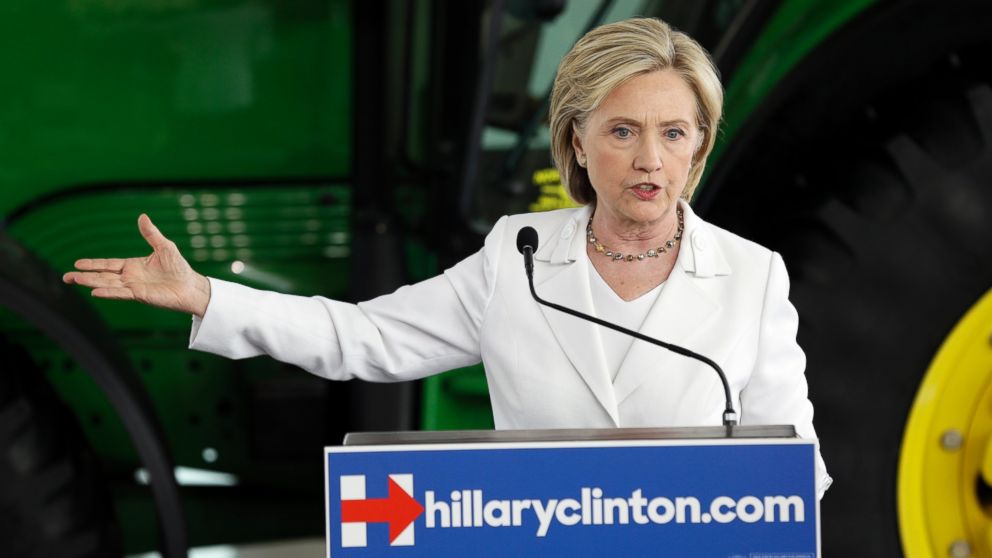State Department Officials Routinely Sent Secrets Over Email

Democratic presidential candidate Hillary Rodham Clinton speaks at the Des Moines Area Community College, Wednesday, Aug. 26, 2015, in Ankeny, Iowa. The transmission of classified information across Hillary Clinton’s private email is consistent with a culture in which diplomats routinely sent secret material on unsecured email during the Obama and George W. Bush administrations, according to documents previously made public and reviewed by The Associated Press. (AP Photo/Charlie Neibergall) Close <> <>
The transmission of now-classified information across Hillary Rodham Clinton’s private email is consistent with a State Department culture in which diplomats routinely sent secret material on unsecured email during the past two administrations, according to documents reviewed by The Associated Press.
Clinton’s use of a home server makes her case unique and has become an issue in her front-running campaign for the Democratic presidential nomination. But it’s not clear whether the security breach would have been any less had she used department email. The department only systematically checks email for sensitive or classified material in response to a public records request.
In emails about the 2012 attack on a U.S. diplomatic facility in Benghazi, Libya , department officials discuss sensitive matters in real time, including the movement of Libyan militias and the locations of key Americans. The messages were released last year under the Freedom of Information Act and are posted on the State Department’s website.
An email from diplomat Alyce Abdalla, sent the night of the attack, appears to report that the CIA annex in Benghazi was under fire. The email has been largely whited out, with the government citing the legal exemption for classified intelligence information. The existence of that facility is now known; it was a secret at the time.
In an email sent at 8:51 p.m. on Sept. 11, 2012, Eric J. Pelofsky, a senior adviser to then-U.N. Ambassador Susan Rice , gives an update on efforts to locate U.S. Ambassador Chris Stevens, who died in the attack.
The email was marked unclassified when sent. Later, part of it was deemed classified and censored before its release.
In five emails that date to Condoleezza Rice’s tenure as secretary of state during the George W. Bush administration, large chunks are censored on the grounds that they contain classified national security or foreign government information.
These emails also are posted on the State Department website’s reading room.
In a December 2006 email, diplomat John J. Hillmeyer appears to have pasted the text of a confidential cable from Beijing about China’s dealings with Iran and other sensitive matters. Large portions of the email were marked classified and censored before release.
Clinton insists she didn’t send or receive classified information. But government officials have found material they deem classified in several dozen of 30,000 emails that the former secretary of state has turned over, an unfolding saga that has dogged her 2016 campaign.
Many of the emails to Clinton containing classified information were forwarded to her by a close aide, Huma Abedin. Most, however, originated with diplomats who have access to confidential material. Some emails sent by Clinton have since been censored.
Such slippage of classified information into regular email is “very common, actually,” said Leslie McAdoo, a lawyer who frequently represents government officials and contractors in disputes over security clearances and classified information.
What makes Clinton’s case different is that she exclusively sent and received emails through a home server in lieu of the State Department’s unclassified email system. Neither would have been secure from hackers or foreign intelligence agencies, so it would be equally problematic whether classified information was carried over the government system or a private server, experts say.
